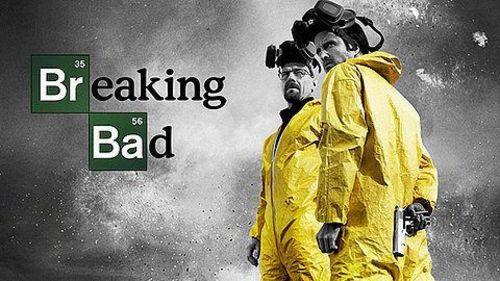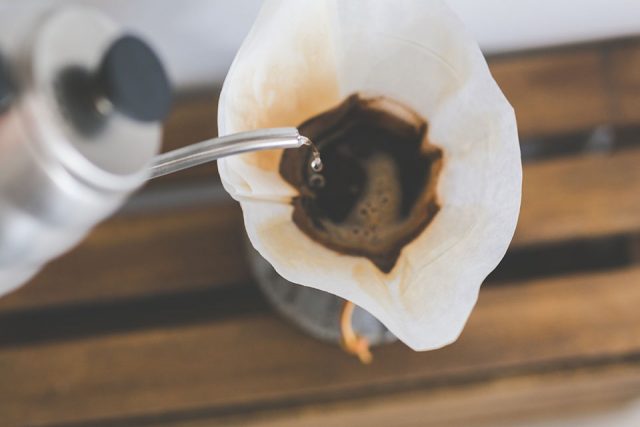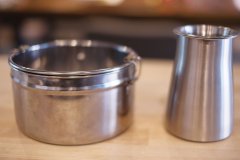The origin of decaf coffee to water treatment and then to chemical extraction
Decaf coffee
Coffee beans are processed to separate caffeine, which affects sleep, before they are sent to the roaster, but decaffeinated coffee is not 100% caffeine-free, only 94% to 98% caffeine can be removed, and there are still traces of residual caffeine. At present, there are three commonly used low factor treatment methods, namely, solution, Swiss water treatment and carbon dioxide extraction.
Decaf coffee originated from the great German poet Goethe. His brother loves coffee and often can't sleep properly, so he asks his chemist friend Runge to analyze what's in coffee beans that interfere with sleep. In 1820, Lungi separated caffeine from beans and became the ancestor of decaf coffee. However, the technology was not yet available to produce decaf coffee in large quantities, and it was only known that the substances that cause insomnia in coffee beans could be extracted. It wasn't until 1903, when a major breakthrough in caffeine extraction technology, that mass production began. This is thanks to Ludwig Roselius, a German coffee bean importer, and the chemists who assisted him. Rosellus discovered that imported green coffee beans, once soaked in seawater, had much less caffeine, so he hired a group of chemists to study and develop new techniques for extracting caffeine.
solvent extraction
Rosellus, inspired by the loss of caffeine in wet green beans, first heated coffee beans in a high-pressure steam cooker to soften the beans and then added benzene solvent to extract caffeine. Although benzene only selects caffeine as the extraction object, it will not extract other components of coffee beans, but benzene is toxic, and regular drinking of decaffeinated coffee made by benzene solvent extraction method is harmful to health. However, health awareness was weak at the time, and in 1906 Rossellus founded Kaffee HAG in Germany, the first company to produce decaf coffee in large quantities.
The medical community is increasingly worried that benzene residues in decaf coffee will cause harm to the human body. Chemists also developed extraction solvents dichloromethane and ethyl acetate without safety concerns. The advantage of methylene chloride is that it has a very low boiling point and evaporates when heated to 40 degrees Celsius. After years of testing, the Food and Drug Administration approved methylene chloride as a legal solvent for caffeine extraction in 1985. As for ethyl acetate, it is safer because some fruits contain ethyl acetate residues higher than decaf coffee and are also classified as legal extracts in the United States. Solvent extraction can be divided into direct and indirect methods. However, the two methods have the same pre-operation, both of which must be softened first, that is, the coffee beans are steamed at high pressure and high temperature, the surface of the beans expands, and the contact area with the liquid increases, and then the methylene chloride or ethyl acetate solvent is added to extract the caffeine. This is called the direct method, that is, the method adopted by Rossellus. The difference is that the extract used toxic benzene in the past, but now it uses safe methylene chloride or ethyl acetate. Another indirect method of extraction is that coffee beans are softened and placed in warm water. The caffeine and other ingredients in the beans dissolve in warm water. At this time, the solution almost becomes coffee essence. Then, it is introduced into another container. Methylene chloride or ethyl acetate is added to extract the caffeine. The caffeine will evaporate with the extraction solution when heated slightly. Finally, the caffeine-free essence is introduced into the coffee beans previously extracted by warm water to reabsorb or replenish the lost ingredients. Generally speaking, indirect extraction method will lose more coffee flavor, not as good as direct extraction method.

Important Notice :
前街咖啡 FrontStreet Coffee has moved to new addredd:
FrontStreet Coffee Address: 315,Donghua East Road,GuangZhou
Tel:020 38364473
- Prev

Five rules for brewing coffee and how to establish your own coffee style-"Coffee Taste"
Professional barista exchanges please pay attention to the coffee workshop (Wechat official account cafe_style) many coffee brewing methods or data can be adjusted according to each person's personal preference, experience and taste, but there are still some general principles in common in brewing coffee. Here are five points, called the "five rules for making coffee" ~ 1. Fresh coffee beans 2. Right
- Next

What if I buy a bean grinder and buy a bean chopper? Never mind! One step, coffee tastes better.
Professional barista communication please pay attention to the coffee workshop (Wechat official account cafe_style) do you only have a bean chopper at home? It doesn't matter, a gadget can make a good cup of coffee. There are many reasons that affect the flavor of coffee, such as water quality, water temperature, uniformity of bean grinder. Wait. The electric bean chopper (commonly known as bean chopper) sent by credit card is not the most ideal bean grinder.
Related
- Beginners will see the "Coffee pull flower" guide!
- What is the difference between ice blog purified milk and ordinary milk coffee?
- Why is the Philippines the largest producer of crops in Liberia?
- For coffee extraction, should the fine powder be retained?
- How does extracted espresso fill pressed powder? How much strength does it take to press the powder?
- How to make jasmine cold extract coffee? Is the jasmine + latte good?
- Will this little toy really make the coffee taste better? How does Lily Drip affect coffee extraction?
- Will the action of slapping the filter cup also affect coffee extraction?
- What's the difference between powder-to-water ratio and powder-to-liquid ratio?
- What is the Ethiopian local species? What does it have to do with Heirloom native species?

